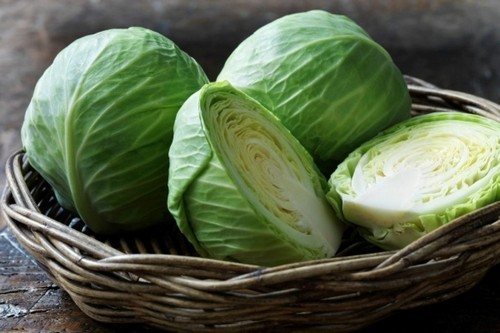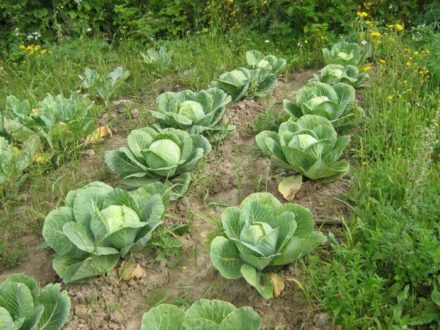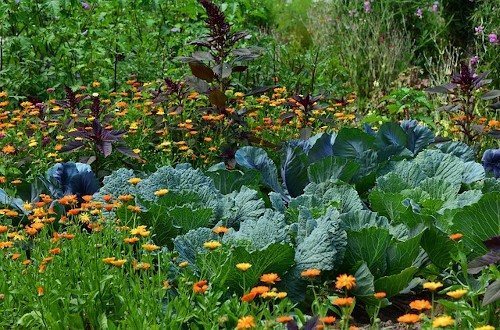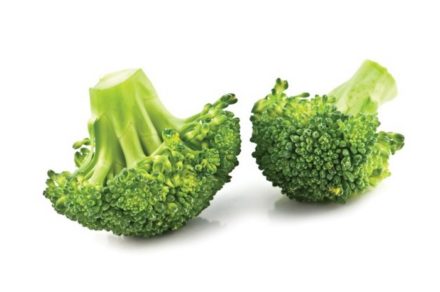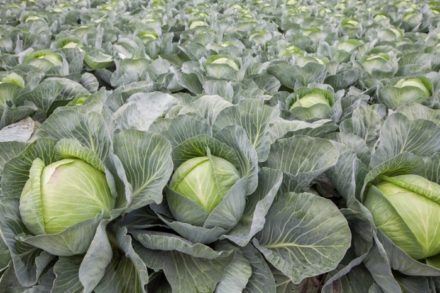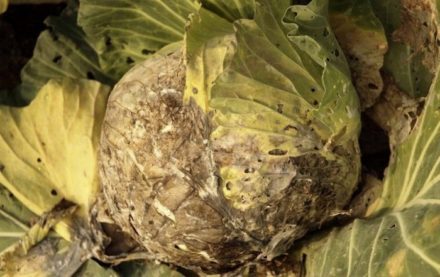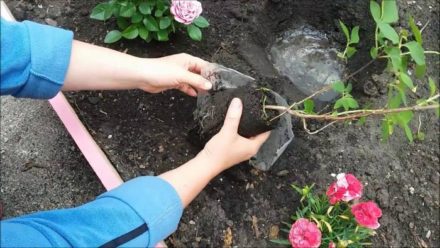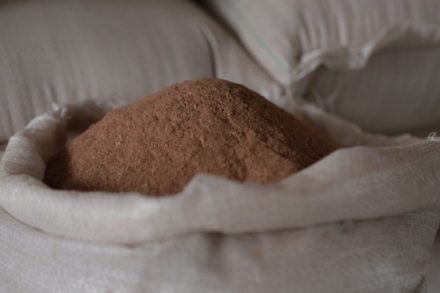Growing without seedlings is a method that will allow the gardener to grow cabbage sprouts that are strong, hardened and resistant to adverse conditions. With proper sowing and care, the plant will ripen and bear healthy, vitamin-rich heads of fruit.
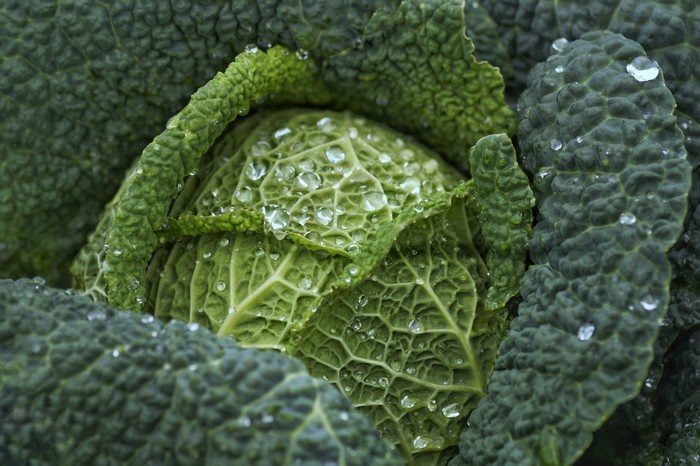
Selecting the type and variety of crop
To grow cabbage without seedlings, it is better to use seeds of the following varieties of crops:
- kohlrabi;
- White cabbage;
- Chinese cabbage.
The choice of variety depends on the climatic conditions of the region where sowing is planned. In central Russia, varieties of fast and medium-fast ripening are sown. This allows you to get a mature head of cabbage 60-115 days after sowing.
For regions with a warm climate, any crop varieties are suitable, including late-ripening varieties. In addition to kohlrabi, cabbage and Chinese cabbage, cauliflower and broccoli can also be grown without seedlings.
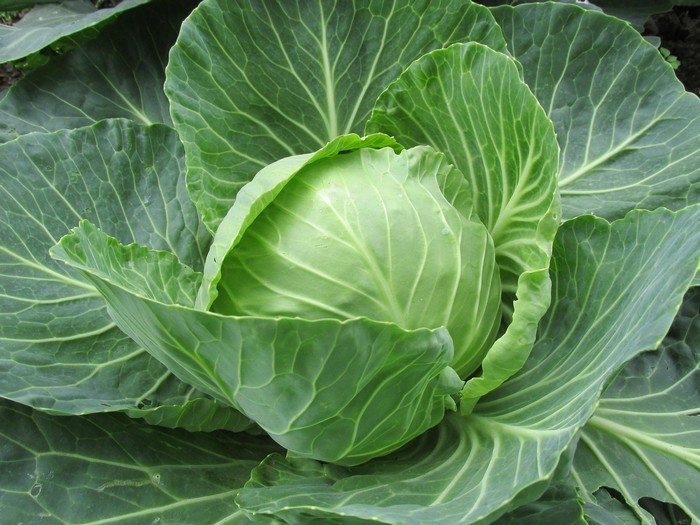
Seed preparation and processing
When sowing seeds in the ground, you should not expect 100% germination, since the seeds may die from unfavorable conditions or from pests. To ensure maximum germination, fresh, large seeds that have undergone special treatment are used. Cabbage seeds retain their ability to sprout for 4-5 years.
Seed treatment
A weak solution of potassium permanganate is suitable for disinfecting seeds. It is enough to keep the seeds in it for a quarter of an hour.Then the seeds are poured with hot (50 ° C) water for 20 minutes.
Next, the seeds are dried and, wrapped in gauze, cloth or napkin, placed in the refrigerator for 12 hours.
Proper processing will make the seeds resistant to diseases and pests. Homemade solutions can be replaced with special preparations sold in stores. You can also purchase cabbage seeds that are already fully prepared for planting.
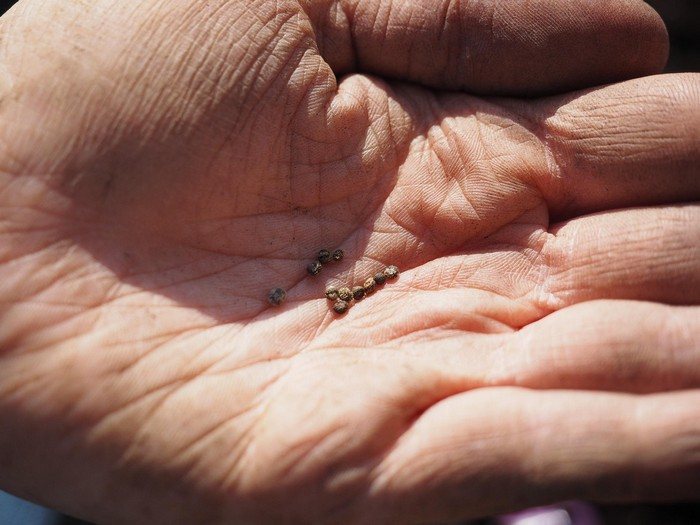
Favorable sowing time and climatic conditions
In central Russia, cabbage is sown in the ground from mid-April to the end of May. The seeds are quite resistant to relatively low temperatures and germinate at a temperature of +5 °C. Seedlings established in the ground will not die even in light, short-term frosts down to -4 degrees. Spring temperature changes between day and night are favorable, as they harden the sprouts and make them resistant to diseases and pests.
Sunny beds not shaded by bushes or trees are suitable for cabbage seeds.
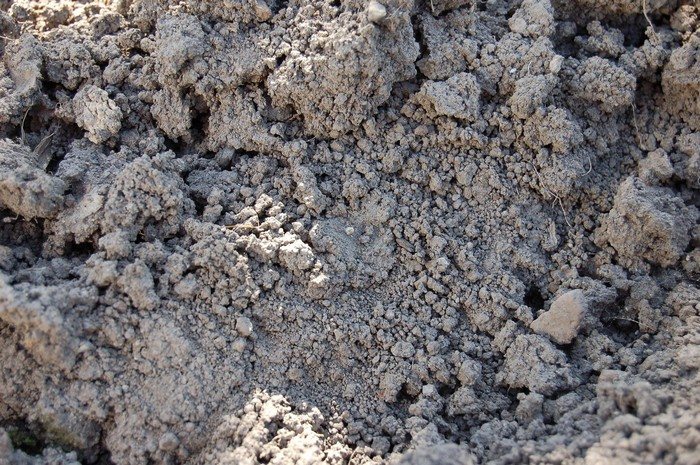
Soil preparation
Particular attention should be paid to the soil. It shouldn't be sour. Cabbage growing in excessively moist soil with high acidity is at high risk of clubroot disease. It’s good if last season the currently selected bed grew beans, beets, onions or carrots.
Stages of preparing the sowing site:
- The bed is thoroughly loosened and cleared of weeds. Loose soil will make it easier for the seeds to germinate, and the absence of weeds will give the seeds the opportunity to fully grow and develop.
- The bed is fertilized with humus or compost (3-4 kg/m²).
- 3-4 days before sowing, the bed is covered with film (to warm the soil).
- Before sowing begins, the soil is moistened.
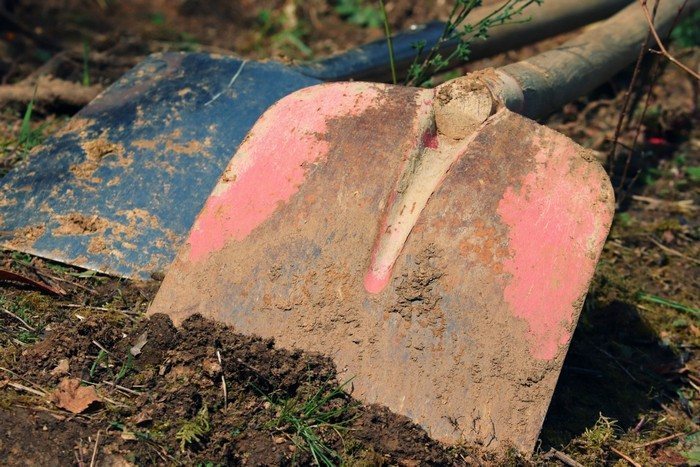
Proper sowing in the ground
Cabbage seeds are sown in small holes 1.5-2 cm deep. Cabbage is a freedom-loving plant. To prevent it from being crowded, the recesses are placed at a distance of 30-40 cm from each other. If several rows are provided for the crop, then the distance between the grooves is approximately 50-60 cm. 3-4 seeds are placed in each hole. Then the depressions are sprinkled with a mixture of peat and humus and lightly compacted.
The bed sown with cabbage is covered with film. Moisten the soil, but avoid excessive watering. On hot sunny days, the film must be removed.
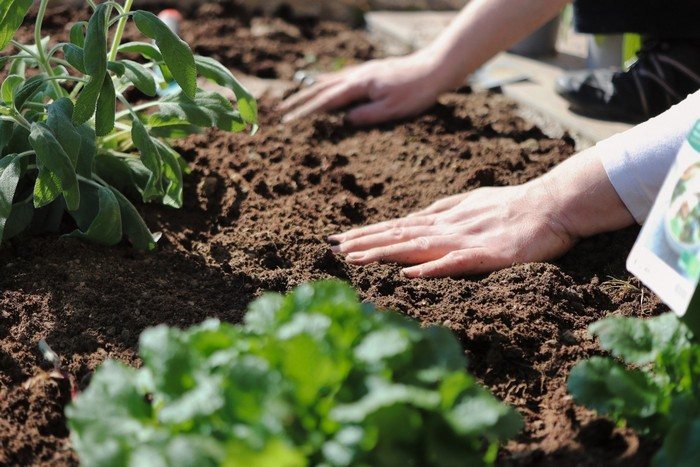
Caring for cabbage seedlings
For two weeks after sprouting, cabbage is watered every 2-3 days. Since the seedlings are vulnerable to pests, the bed is pollinated with ash.
As soon as the cabbage sprout has two leaves, the bed is thinned out, leaving one (the strongest) sprout per hole. If the soil is loose and the excess seedling is removed without serious damage to the root, it can be transplanted to a free place. If the soil is dense, excess plants are cut off with scissors. This method will help preserve the root system of the main sprout.
After thinning, the cabbage can be fertilized. Soil is added to the garden bed as the plant grows.
A sprout that has developed 3-4 leaves is capable of growing in the external environment, so the film is removed.
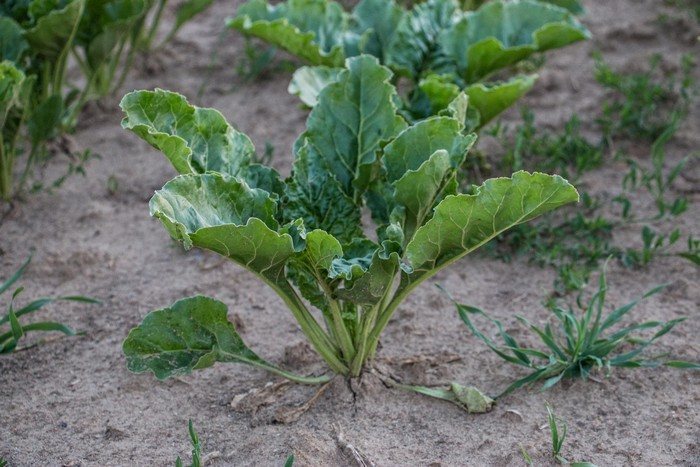
Further, the crop can be cared for in the same way as with the classic seedling cultivation method. With proper care, by the end of summer the plant will present the gardener with a ripe, vitamin-rich fruit.


